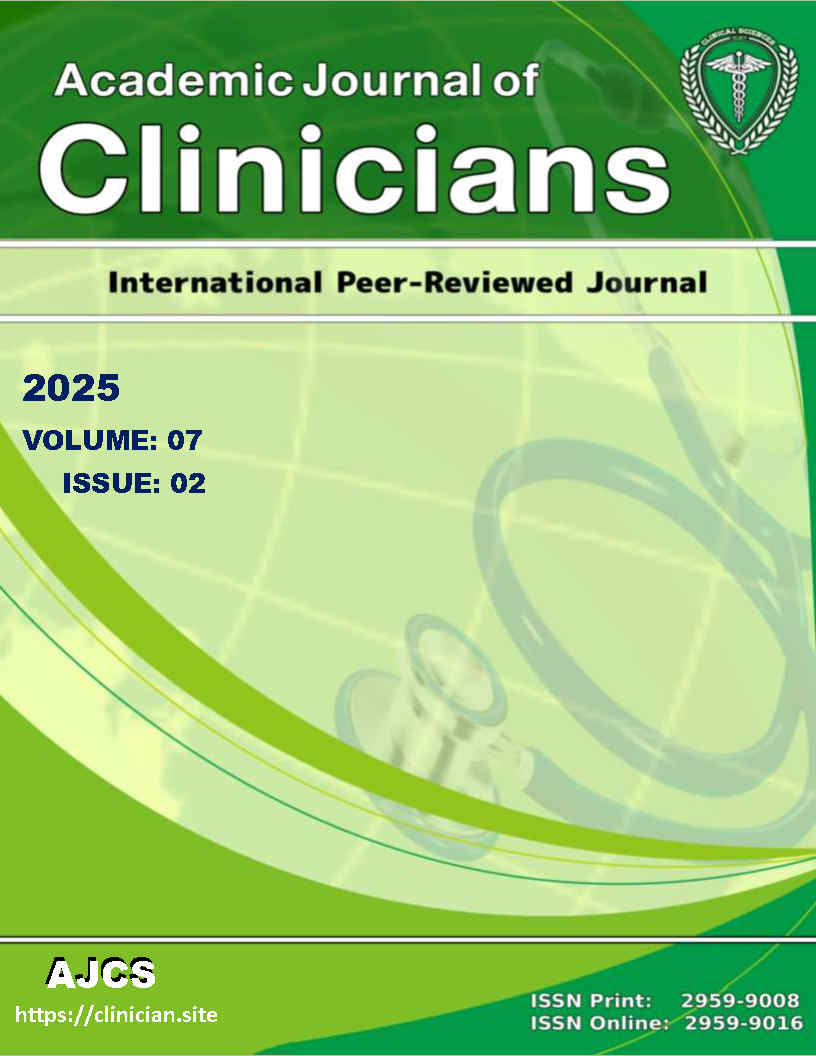Comparison of Conservative and Percutaneous Fixation and Open Reduction in Children with Distal Metaphyseal Fractures of The Forearm
Keywords:
Distal Metaphyseal Fractures, Forearm, Conservative, Percutaneous Fixation, Open ReductionAbstract
The distal radius metaphysis is the most common location for forearm fractures in children and adolescents, with the incidence being higher in boys and the non-dominant arm. These fractures have a peak incidence during the growth spurt of adolescence, which occurs in girls between 11 and 12 years of age and in boys between 12 and 13 years of age. During this phase of intense bone remodeling, relative osteoporosis occurs in the distal radius metaphysis, which increases the susceptibility of this area to fracture in the event of a fall. The mechanism of injury commonly involves a fall with the hand in hyperextension. The normal dorsiflexed position of the wrist causes tension failure in the volar region. The type of fracture and degree of displacement depend on the height and velocity of the fall. These fractures may be nondisplaced buckle injuries (common in young children falling without trauma) or dorsally displaced fractures with volar angulation (more common in older children with higher velocity injuries). Displacement may be so severe as to cause shortening and a bayonet position. Rarely, the mechanism of injury is a fall from a height, which may result in a distal radius fracture, associated with a more proximal fracture of the forearm or elbow. Falling with the wrist in palmar flexion may result in a ventrally displaced fracture with dorsal angulation.





